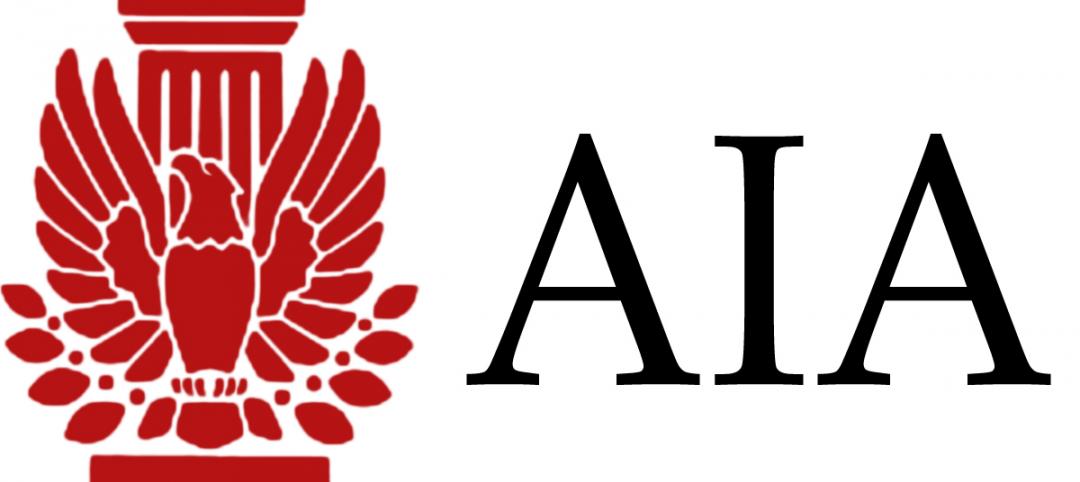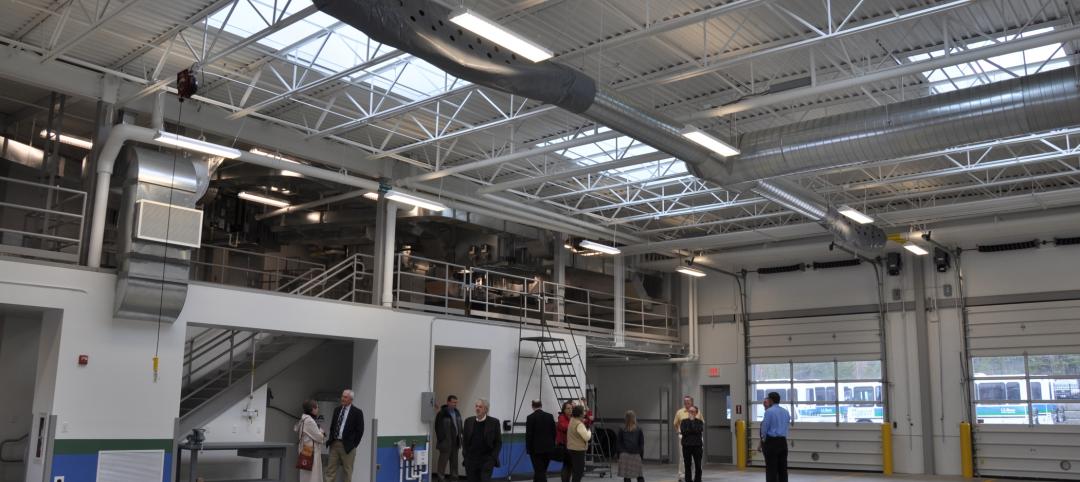More jurisdictions are utilizing the new International Green Construction Code as a tool to address sustainable construction for new and existing buildings. Fort Collins, Colo., and Kayenta Township, Ariz., are the most recent in a series of local and state governments that have adopted the IGCC, according to the International Code Council. These two actions follow earlier adoptions by Richland, Wash. and the state of Rhode Island. Fort Collins is the first jurisdiction in Colorado to adopt the IGCC and Kayenta is the first Native American tribal adoption and the first jurisdiction in Arizona to adopt the IGCC. The Code Council expects several more state and local adoptions of the IGCC within the next few months.
In March, the Fort Collins City Council voted to approve significant extractions from the IGCC and the National Green Building Standard, ICC 700, as part of green building code amendments to the city's building codes, which already includes nine I-Codes. The effective date for the provisions is January 2012.
Kayenta adopted the IGCC Public Version 2.0 on a voluntary basis and the code may be incorporated into the community’s Comprehensive Zoning Ordinance. Kayenta adopted the code with specific requirements related to greenfields, conservation areas, and agricultural land.
“The emergence of green building codes and standards is an important next step to provide communities with the opportunity to build sustainable and safe buildings,” Richard P. Weiland, International Code Council Chief Executive Officer said. “We are pleased to recognize Kayenta Township and the Navajo Nation as the first Native American community in the United States to adopt the International Green Construction Code and Fort Collins for being the first jurisdiction in Colorado to adopt the code."
The IGCC applies to new and existing, traditional and high-performance commercial buildings. It includes ANSI/ASHRAE/USGBC/IES Standard 189.1 as a compliance option. Coordinated with the ICC family of codes, the IGCC is designed to go beyond traditional code requirements for communities that are pursuing safe and sustainable construction.
The IGCC Public Version 2.0 offers a Zero Energy Performance Index (zEPI), requiring buildings to use no more than 51 percent of the energy allowable in the 2000 International Energy Conservation Code.
Examples of provisions in Public Version 2.0 include:
- A 20 percent water savings beyond U.S. federal standards for water closets in residential settings
- New requirements for identification and removal of materials containing asbestos
- Land use regulations including new provisions addressing flood risk, development limitations related to “greenfields,” use of turf grass and minimum landfill diversion requirements
- Clarification of responsibilities from the registered design professional to the owner to prevent potential conflicts with state and local requirements
- Greater consistency with industry standards for air handling systems
The IGCC’s cooperating sponsors are the American Institute of Architects (AIA), ASTM International, the American Society of Heating, Refrigeration and Air Conditioning Engineers (ASHRAE), the U.S. Green Building Council, and the Illuminating Engineering Society (IES).
IGCC will be published in 2012 after code development hearings in May and final hearings in November.
About the International Code Council
The International Code Council, a membership association dedicated to building safety, fire prevention and energy efficiency, develops the codes used to construct residential and commercial buildings, including homes and schools. Most U.S. cities, counties and states choose the International Codes, building safety codes developed by the International Code Council. The International Codes also serve as the basis for construction of federal properties around the world, and as a reference for many nations outside the United States.
Related Stories
| Jun 1, 2012
New BD+C University Course on Insulated Metal Panels available
By completing this course, you earn 1.0 HSW/SD AIA Learning Units.
| Jun 1, 2012
AIA 2030 Commitment Program reports new results
The full report contains participating firm demographics, energy reduction initiatives undertaken by firms, anecdotal accounts, and lessons learned.
| May 31, 2012
Product Solutions June 2012
Curing agents; commercial faucets; wall-cladding systems.
| May 31, 2012
AIA Course: High-Efficiency Plumbing Systems for Commercial and Institutional Buildings
Earn 1.0 AIA/CES learning units by studying this article and successfully completing the online exam.
| May 31, 2012
2011 Reconstruction Award Profile: Seegers Student Union at Muhlenberg College
Seegers Student Union at Muhlenberg College has been reconstructed to serve as the core of social life on campus.
| May 31, 2012
Perkins+Will-designed engineering building at University of Buffalo opens
Clad in glass and copper-colored panels, the three-story building thrusts outward from the core of the campus to establish a new identity for the School of Engineering and Applied Sciences and the campus at large.
| May 30, 2012
Construction milestone reached for $1B expansion of San Diego International Airport
Components of the $9-million structural concrete construction phase included a 700-foot-long, below-grade baggage-handling tunnel; metal decks covered in poured-in-place concrete; slab-on-grade for the new terminal; and 10 exterior architectural columns––each 56-feet tall and erected at a 14-degree angle.
| May 29, 2012
Reconstruction Awards Entry Information
Download a PDF of the Entry Information at the bottom of this page.
| May 29, 2012
Thornton Tomasetti/Fore Solutions provides consulting for Phase I of Acadia Gateway Center
Project receives LEED Gold certification.
| May 24, 2012
2012 Reconstruction Awards Entry Form
Download a PDF of the Entry Form at the bottom of this page.













